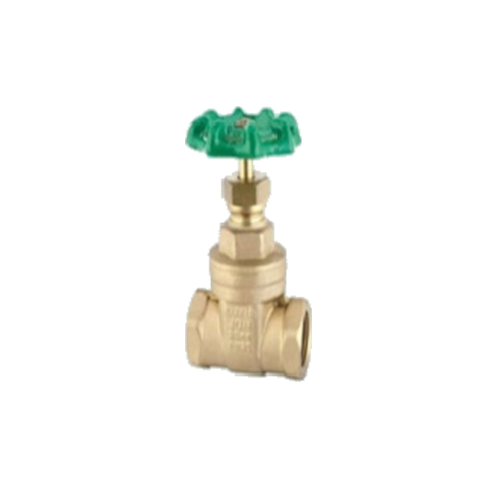The Gate Valves are the most common type of water valves. Generally, they consist of a disc-like gate that is actuated by a hand-wheel or screwed stem. The disc moves at an angle to the flow, seating against two faces to block flow. The disc is supplied with packing to prevent leakage and retains the fluid in the pipeline. The following are some tips on how to buy a gate valve.
The gate is fixed to a spring-loaded stem. It rises and lowers together as the valve is operated. The spring-loaded stem is lubricated and can be adjusted with the help of a screw. The seat and stem are threaded and are held together with a nut that rotates around the stem. This type of valve is used in water treatment applications where the water is condensed. The gate is installed above ground.
The Gate Valve is characterized by two different types of seats. The first type has a disc and a seat. The disc sits on two inclined seats. The fluid pressure creates the primary force on the seats, while the stem tightens the valve to control the flow. The wedge-shaped disc reduces backflow and friction. The valve is also less efficient and less precise. Fortunately, the gates of these types of valves can be adjusted to fit any flow.

The valve operates by rotating the stem using a hand-wheel. The spring forces a single turn of the stem to open the gate. The medium then flows freely and is confined by the chamber. The Gate Valves are multi-turn valves, requiring more than 360 degrees to open. Upon closing, the valve seals. The closing member comes in a variety of designs and technologies. There are two types of sealing surfaces for this type of valve.
Gate valves come in two basic styles: solid and flexible wedges. The solid wedge has a single disc and a flexible wedge is made of two pieces of solid construction. The flexible wedge has a single seat. The split one has two tapered seats. Both types of gate valves have a similar design, but each has its own benefits and features. If you want to choose a valve that works well for you, make sure that the materials are in good condition.
A Gate Valve can be opened or closed by lifting or lowering the gate. A rising stem means the valve is open when the gate is higher than the opposite side of the valve. A non-rising stem, on the other hand, is closed when the wedge is lower than it is high. The valve is typically installed in an underground installation. When it is closed, the gate is in the closed position. A non-rising stem is a good option for most applications.

 English
English 中文简体
中文简体 Deutsche
Deutsche Español
Español











